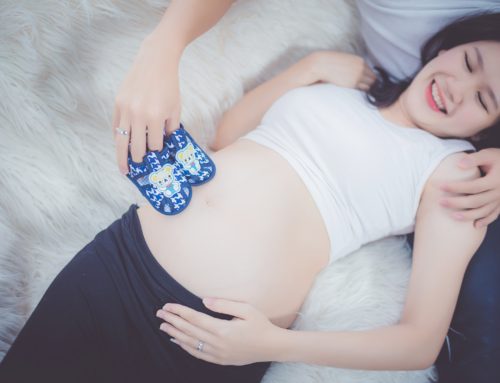Would You Think Of Using Artificial Sperms for Fertility Treatment?
Artificial or In Vitro derived gametes are eggs and sperms that have been developed from other cells such as stem cells. Scientists now have many technologies to develop the stem cells or other cells into sperm or egg cell.
They have been able to produce artificial sperms, but they have not yet used these for fertilisation. The artificial gametes will give a chance to couples with poor chances of becoming biological parents. Scientists believe that producing artificial sperm will become a reality. The development of an artificial egg is going to take much longer than an artificial sperm. The possibility that we can engineer eggs to develop into sperms or the other way around currently is closer to fiction.
If this is possible, then it will give the same-sex couples a chance to have children who will be genetically related to the couple. Specialists believe that we may be able to use them not only for natural conception. But also for fertility treatments such as IVF or ICSI.All this appears very optimistic. But, there are still many challenges and safety concerns that need to be overcome before thinking of human use.
Who would use artificial sperms?
All this appears very optimistic. But, there are still many challenges and safety concerns that need to be overcome before thinking of human use.
As we know, one in seven couples will seek help for getting pregnant. A large proportion of these are due to male fertility causes. The most severe form of male infertility is azoospermia. Azoospermia is the absence of the sperms in the ejaculate. This can be either due to obstruction or in some it is non–obstructive azoospermia or NOA.
In nearly half of the cases with non-obstructive azoospermia, a Specialist might not be able to collect any sperms at surgical sperm recovery or SSR. This would leave them with no option of having a genetically related child. Couples who do not have any other option of becoming the biological parent will benefit from artificial sperms.
But it is also important to know what patients would think of such options. Is it something that will be a more acceptable option than the use of donor sperm?
Dutch fertility specialists conducted an interesting questionnaire survey. The purpose was to understand the patient’s attitude towards the use of artificial sperms. Over nine hundred couples with non-obstructive azoospermia between 2007 and 2012 received a questionnaire. Half of them responded to the survey. Nearly ninety percent would accept the use of artificial sperms for either the first or their last treatment.
- Couples who would consider for their first treatment would prefer to use in attempting natural conception using artificial sperms over SSR – ICSI or ICSI with artificial sperms.
- Otherwise, those who had a failed ICSI treatment using the surgically removed sperms at TESE, almost three in four of these couples will try ICSI with artificial sperms.
The main factors that influenced their choices were safety for the children. The other factors were the pregnancy rates. Somehow, they felt that their infertility was being cured. Obviously, the costs of the fertility treatment will be another factor that will influence their choice.
Reading about such study was interesting. Not because it seems to be at the edge of the current science. But more because it is the first time patient’s attitude to new scientific interventions has been investigated before its introduction.
At the moment we have to understand the human application, safety and overcome the current challenges. After that, Specialists can offer this treatment to patients. In the UK, the Human Fertilisation and Embryology Authority (HFEA) will continue to monitor the progress in this area.





